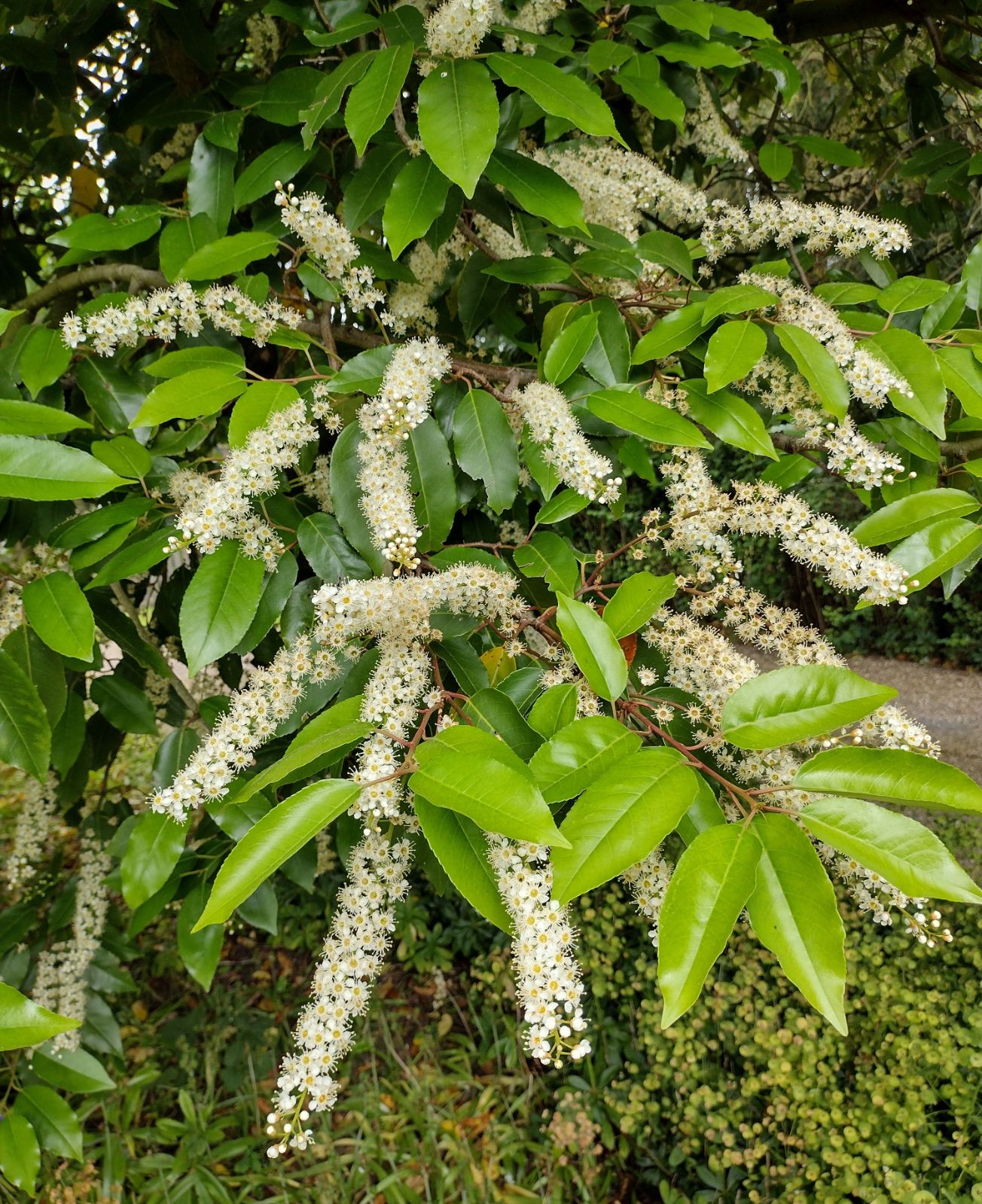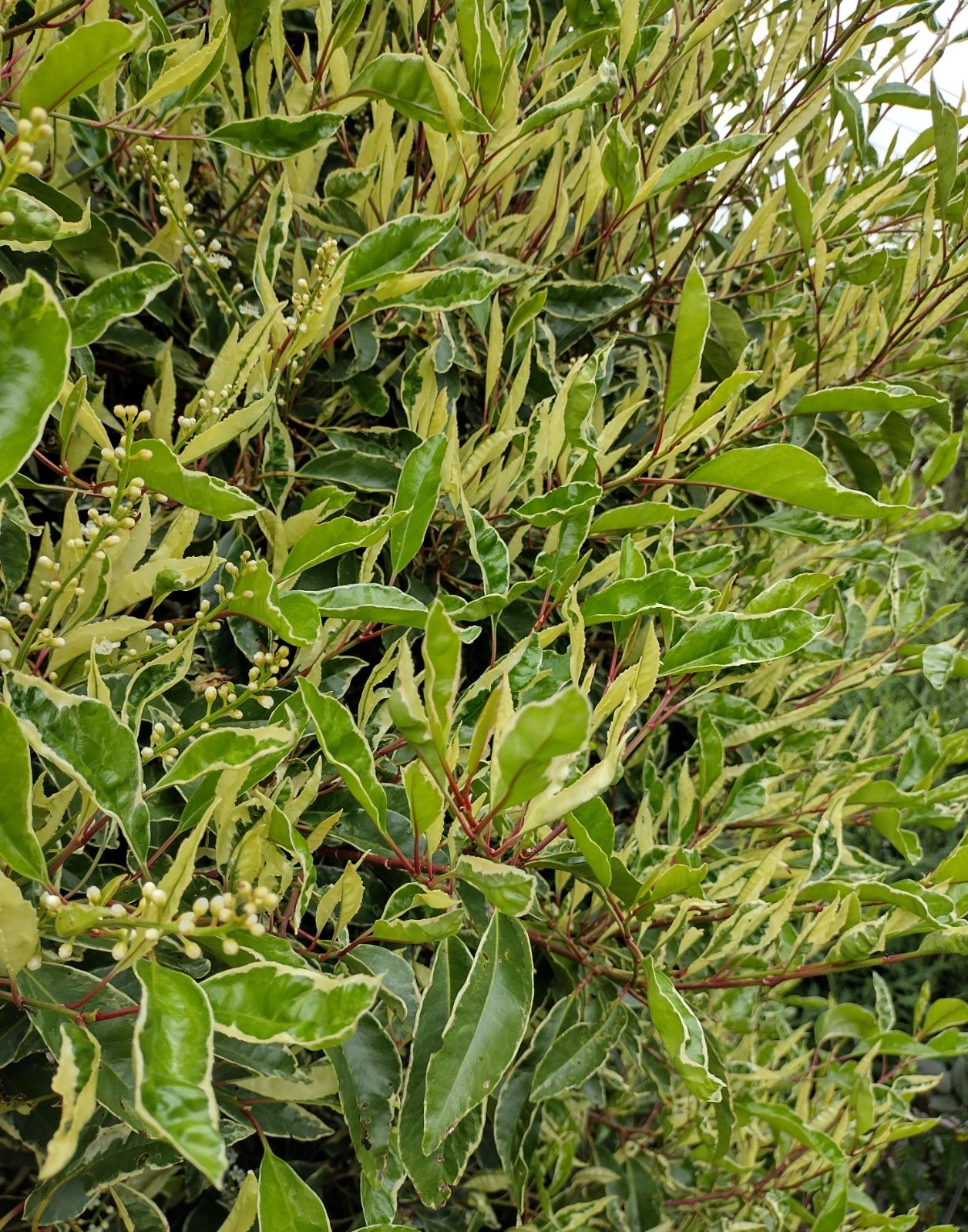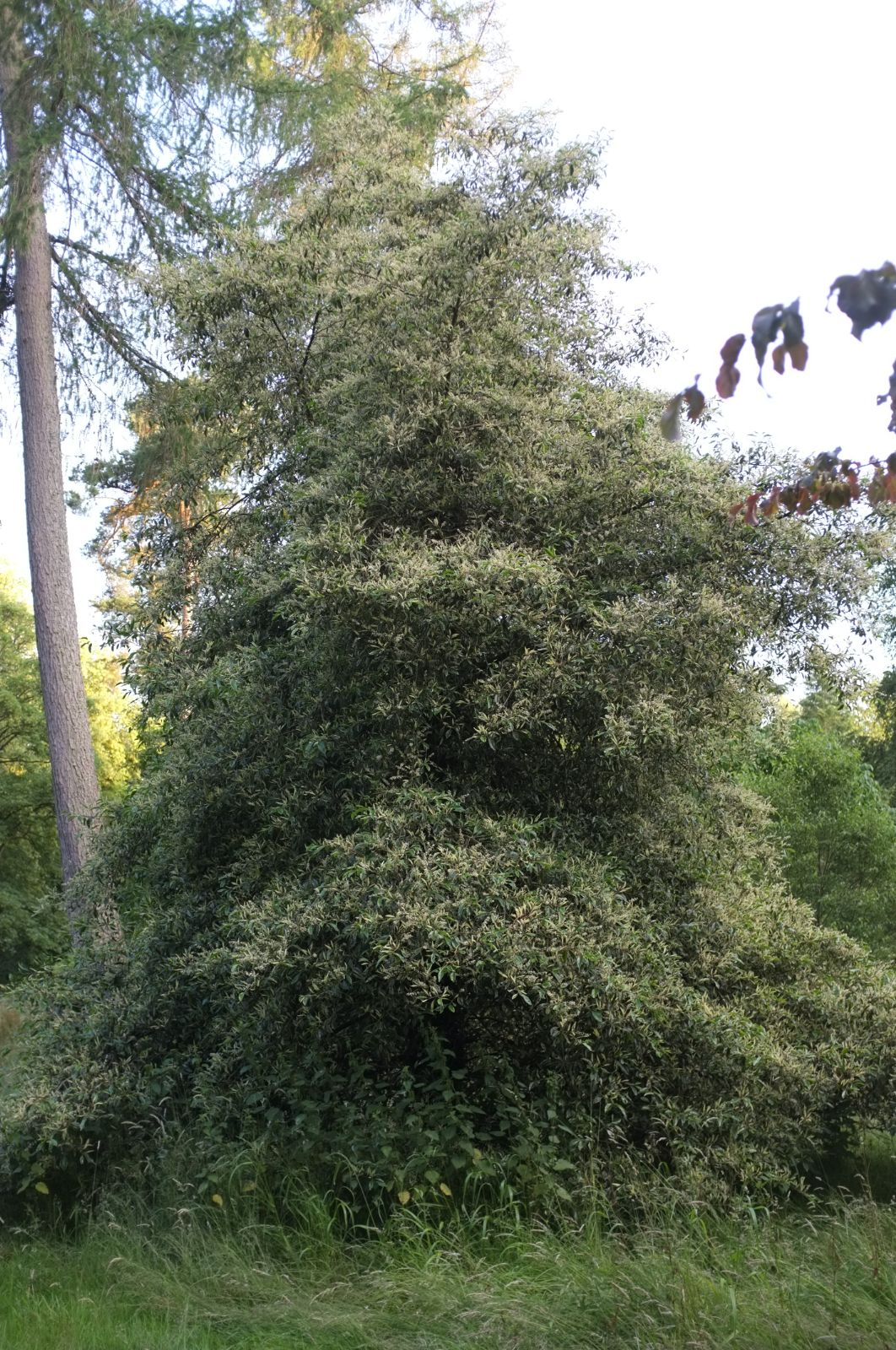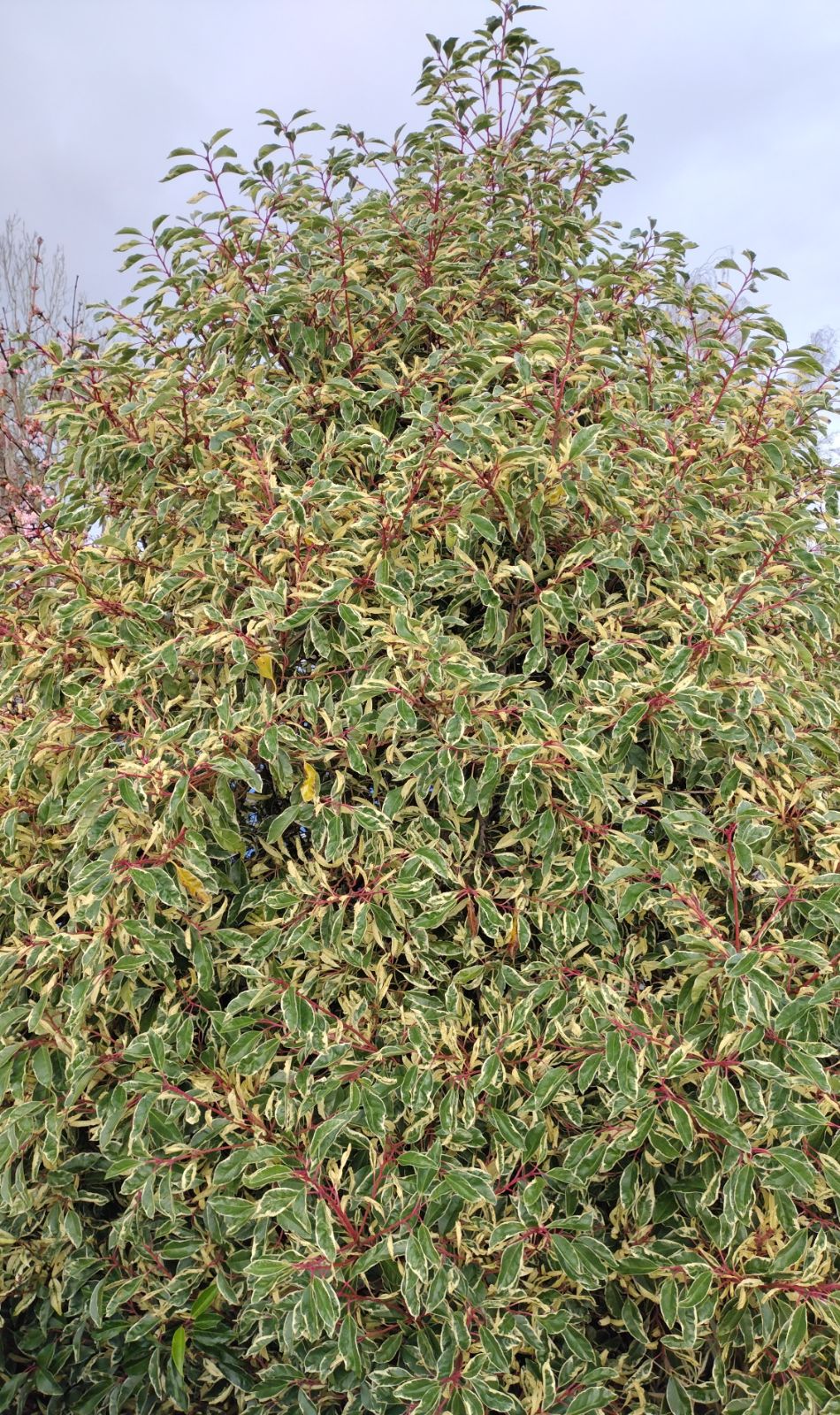Prunus lusitanica
Credits
Article from Bean's Trees and Shrubs Hardy in the British Isles
Recommended citation
'Prunus lusitanica' from the website Trees and Shrubs Online (treesandshrubsonline.
Genus
Common Names
- Portugal Laurel
Synonyms
- Laurocerasus lusitanica (L.) Roem.
- Padus lusitanica (L.) Mill.
Infraspecifics
Other taxa in genus
- Prunus alleghaniensis
- Prunus americana
- Prunus × amygdalo-persica
- Prunus amygdalus
- Prunus angustifolia
- Prunus apetala
- Prunus arabica
- Prunus argentea
- Prunus armeniaca
- Prunus avium
- Prunus besseyi
- Prunus brigantina
- Prunus campanulata
- Prunus canescens
- Prunus cantabrigiensis
- Prunus cerasifera
- Prunus cerasus
- Prunus cocomilia
- Prunus concinna
- Prunus conradinae
- Prunus consociiflora
- Prunus cornuta
- Prunus cuthbertii
- Prunus dasycarpa
- Prunus davidiana
- Prunus × dawyckensis
- Prunus dielsiana
- Prunus domestica
- Prunus dulcis
- Prunus emarginata
- Prunus × fontanesiana
- Prunus fruticosa
- Prunus glandulosa
- Prunus grayana
- Prunus himalaica
- Prunus hortulana
- Prunus humilis
- Prunus ilicifolia
- Prunus incana
- Prunus incisa
- Prunus jacquemontii
- Prunus kansuensis
- Prunus lannesiana
- Prunus laurocerasus
- Prunus litigiosa
- Prunus maackii
- Prunus mahaleb
- Prunus maritima
- Prunus maximowiczii
- Prunus microcarpa
- Prunus mira
- Prunus mugus
- Prunus mume
- Prunus nigra
- Prunus nipponica
- Prunus orthosepala
- Prunus padus
- Prunus pensylvanica
- Prunus persica
- Prunus pilosiuscula
- Prunus prostrata
- Prunus pumila
- Prunus rufa
- Prunus salicina
- Prunus sargentii
- Prunus serotina
- Prunus serrula
- Prunus serrulata
- Prunus sibirica
- Prunus × sieboldii
- Prunus simonii
- Prunus sogdiana
- Prunus speciosa
- Prunus spinosa
- Prunus ssiori
- Prunus subcordata
- Prunus subhirtella
- Prunus takesimensis
- Prunus tangutica
- Prunus tenella
- Prunus tomentosa
- Prunus triloba
- Prunus virginiana
- Prunus × yedoensis
An evergreen shrub of wide, bushy form, usually 10 to 20 ft, but occasionally 40 to 50 ft high, more in diameter; young branches quite glabrous and very dark. Leaves ovate or oval, 21⁄2 to 5 in. long, 11⁄4 to 2 in. wide, quite glabrous on both surfaces, very dark, glossy green above, paler below, shallowly roundish toothed. Racemes produced in June from the ends of the previous summer’s shoots, and from the axils of their leaves, 6 to 10 in. long, 1 to 11⁄4 in. through, more or less erect. Flowers white, 1⁄3 to 1⁄2 in. across, calyx cup-shaped, with shallow, rounded lobes; stalk 1⁄3 in. long. Fruits dark purple, 1⁄3 in. long, cone-shaped, pointed.
Native of Spain and Portugal; in cultivation 1648. In all but the coldest parts of Great Britain the Portugal laurel is one of the handsomest and most effective of evergreens. It should be grown as isolated specimens, especially in thinly wooded parts of the grounds. Although it is chiefly valued for the luxuriance of its rich green lustrous foliage, it has some merit as a flowering shrub, for in June it produces an extraordinary profusion of long, slender racemes, whose only defect is that the flowers are rather dull. It is hardier than the cherry laurel, and on warm, well-drained soil withstands thirty-two degrees of frost without being in the least affected. A serious defect of the Portugal laurel is that it is susceptible to Silver Leaf disease (Stereum purpureum), for which see Dictionary of Gardening, Vol. 4, p. 1957.
subsp. azorica (Mouillef.) Franco – Leaves relatively wider than in the mainland plants, sometimes up to 5 in. long and 21⁄2 in. wide. According to J. A. Franco, it also differs in its shorter, fewer-flowered racemes and in its fruits being longer than the pedicels (against more or less equal to them in typical P. lusitanica). Native of the Azores.
The Azores cherry laurel was introduced around 1860 by Osborne’s once famous nursery at Fulham. F.C.C. 1866. It is hardy at Kew.
'Myrtifolia'
A shrub of neat, rounded habit, and of stiffer, closer growth than the type. Leaves much smaller, usually 1{1/2} to 2 in. long.'Ormistonensis'
Leaves dark green and leathery, of the ordinary size; habit compact.'Variegata'
Leaves margined with white; more tender than the green forms.All the forms of Portugal laurel are easily increased by late summer cuttings; the type also by seeds.





